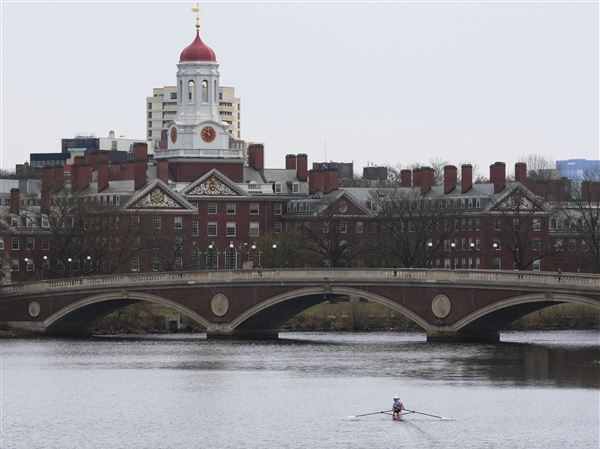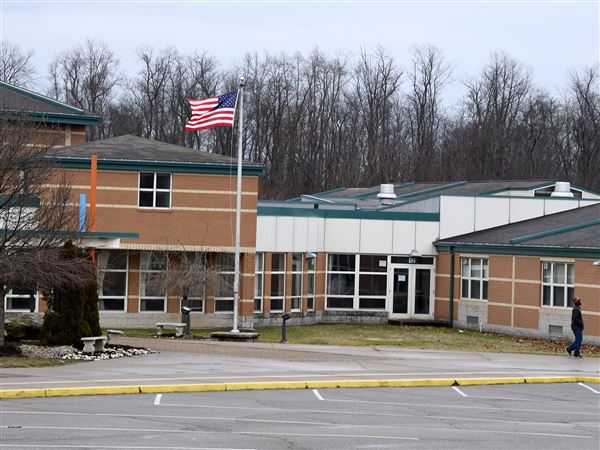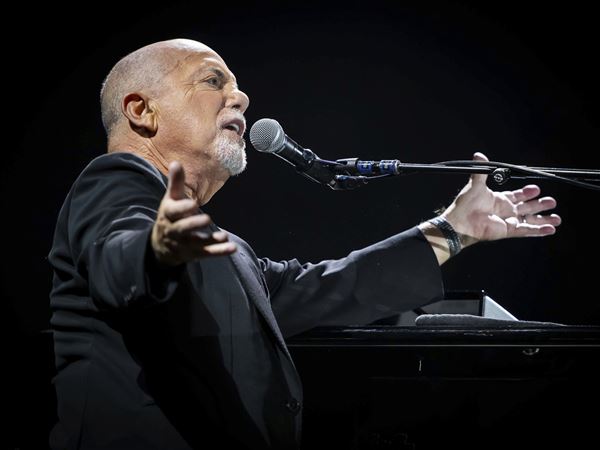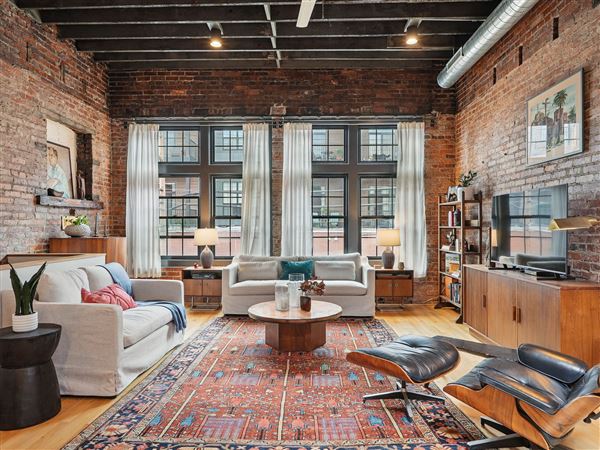At first blush, the former St. Nicholas Church seemed to have a fatal flaw. Either it was blocking progress in the path of a widened Route 28 or it was marooned on the shoulder with no safe means of access.
But a closer look reveals both popular impressions to be false. PennDOT re-designed the road years ago to skirt the church, saving taxpayers a reputed $40 million in retaining walls in the bargain. A local architect sketched out a new access route from Troy Hill Road near Penn Brewery.
That left one huge question -- how do you re-use a former church in a way that is both respectful of its heritage and financially sustainable?
The answer lay in the story of the church itself, which was the oldest remaining Croatian church in the Western Hemisphere. And that story's last chapter should caution us against discarding our past -- instead of using it to better understand where we are and where we're going.
St. Nicholas held a special place in the hearts of Croatians, but all immigrant communities went through the same progression -- they arrived in small but growing numbers and established a religious institution as their spiritual, cultural and emotional center point.
At St. Nicholas Church, the lyceum and the grotto became the guardians of Croatian tradition and shared community. They allowed people to find their way in a new world by being able to hold onto some parts of the old. But this wasn't merely a Croatian story. It was the story of all of us.
This vacant building could have been renovated as a museum, with a unique capacity to tell the story of immigration in a city that still has neighborhoods called Polish Hill, Deutschtown and Little Italy. And immigration is ongoing, with small but growing Latino, Asian and other communities in Pittsburgh. A new St. Nicholas therefore could have been a mechanism for looking forward as well as back.
Finally, all of our ethnic groups have foods, music, clothing and cultural traditions that can be best experienced actively, in festivals and other events, so such a museum would have been dynamic, not static. And while an immigration museum would not have been a religious reuse of St. Nicholas, it would have respectfully told the story of faith.
The side of a highway is inhospitable for most uses, but a museum benefits from high visibility. Churches don't adapt well for office or residential use, but a museum needs open interior spaces. A path could have been built to the Riverfront Trail at the 31st Street Bridge near the Sarah Heinz House, creating a trail loop running through the church's grotto.
Even with all these advantages, we had to test the museum concept for design and market. At the suggestion of the Northside Leadership Conference, the Preserve Croatian Heritage Foundation commissioned a design study to see if a museum could fit into the building and site, and a market study to assess competition, market price, operating expense and revenue. These studies cost the foundation $39,000, nearly its entire available funds.
Both studies were favorable. They said that the church would adapt well for a museum, that there was no significant competition for a museum in the immigration category between New York and Chicago, and that the museum and trail could expect to draw 50,000 visitors a year.
That meant, as a preservation project, we could save and re-use the distinctive onion-dome church. As a community heritage initiative, we could tell the stories both of previous generations and newly growing ethnic communities. As a trail development, we could add an attractive loop to the Riverfront Trail. As a community development strategy, we could create a regional attraction that could bring 50,000 visitors annually to the North Side, all of whom would have wallets and would need lunch, or bike rentals, or want to visit other nearby attractions.
But leaders of the Pittsburgh Catholic diocese refused all efforts to acquire the property. Though they claimed it cost the parish money every month, they refused to sell. Though they presented a professional appraisal claiming the property had negative value -- that it would cost more to demolish than give away -- they refused to sell. Though the city's Urban Redevelopment Authority made a last ditch offer of $300,000, they refused to sell.
Bishop David A. Zubik asserts that the building was a threat to public safety that kept him up nights ("Why St. Nicholas Church Had to Go," Jan. 13 Forum). Five experts, including an engineer, an architect and a contractor intimately familiar with the building countered this opinion, and the city's Historic Review Commission rejected it. No threat to the public was ever identified by the city's Building Inspection Department, city police or PennDOT, and no restrictions on Route 28 traffic were instituted to protect the public from the structure.
The bishop laments that the parish spent money for maintenance. The parish abandoned this building years ago, made no effort to maintain or secure it and even refused to prosecute vandals caught red-handed by Pittsburgh police in the act of burglarizing the buildings. The parish also refused offers to install and pay for a security system.
The bishop suggests that historic designation of the structure inhibited the property's marketability. To the contrary, every interested buyer was drawn to the property by the historic structures. Historic designation was an asset that the diocese refused to acknowledge, market or exploit.
The bishop wanted to be clear -- the parish owns the real estate. So let's be clear. By the terms of the deed of trust, the bishop is the sole trustee with the power alone to decide the fate of parish property. The responsibility lies squarely with the bishop.
Like Bishop Zubik, my ancestors came to this country from Eastern Europe. Like Bishop Zubik, my family roots go back to a grandmother in the little town of Everson, Pa., and like him I am a practicing Catholic from an ethnic parish. But the bishop and I have very different attitudes toward the heritage of ethnic congregations and churches. I, and many others, look for the opportunities such people and such buildings provide. The bishop denies them.
First Published: January 27, 2013, 10:00 a.m.
















